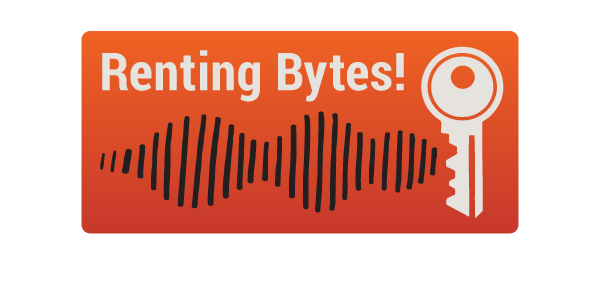Transfer and sub-letting
As a tenant you have rights under the Residential Tenancies Act 2010 and Residential Tenancies Regulation 2019. This factsheet summarises the law in NSW about transferring a tenancy or sub-letting the premises.
Transfer or sub-letting with landlord’s consent
With the landlord’s written consent, you can:
- transfer your tenancy under a tenancy agreement to another person, or
- sub-let the premises (or part) to another person.
The landlord must not unreasonably withhold consent when:
- you ask to transfer and one of the original tenants under the current tenancy agreement will remain as a tenant, or
- you ask to sub-let and you will still occupy the premises.
The landlord must not charge for giving consent other than for the reasonable costs of giving consent.
Landlord may withhold consent
The landlord may reasonably withhold consent if:
- the number of proposed occupants is more than allowed by the tenancy agreement or planning laws
- the proposed tenant or sub-tenant is listed on a tenant database (see Factsheet 19: Tenant databases)
- the landlord reasonably thinks that the premises will become overcrowded.
If the proposed transfer or sub-letting is for the whole tenancy or the whole premises, the landlord can withhold consent – whether or not it is reasonable.
Asking consent to transfer/sub-let
Write to the landlord asking for their consent to transfer or sub-let. Provide them with a draft transfer or sub-letting document that specifies by name the proposed tenant or sub-tenant. (See the sample documents below.)
Enclose evidence that the proposed tenant/sub-tenant:
- can pay the rent (e.g. a copy of a payslip or statement from Centrelink)
- is of good character (e.g. a reference from a former landlord or a personal reference).
Ask the landlord to sign and return the consent document to you.
If landlord withholds consent
You can apply to the NSW Civil and Administrative Tribunal (NCAT) for an order that allows the transfer or sub-let. The Tribunal will decide if the landlord’s withholding consent is reasonable.
You must apply to the Tribunal within 3 months of becoming aware that the landlord has withheld consent – do not delay.
See Factsheet 11: NSW Civil and Administrative Tribunal.
Rights and obligations
Transfer
Upon transferring your tenancy to another person and vacating the premises, your legal liability for the tenancy ends.
Sub-letting
A tenant who rents part of the premises to another person under a separate written tenancy agreement is a head-tenant. They have the rights and obligations of a landlord in relation to the other person.
For information about your rights and obligations as a head-tenant, contact NSW Fair Trading (see fairtrading.nsw.gov.au or phone 133 220) or Legal Aid NSW / LawAccess NSW (see legalaid.nsw.gov.au or phone 1300 888 529).
The person who rents part of the premises from a head-tenant under a written tenancy agreement is a sub-tenant. They have the rights and obligations of a tenant in relation to the head-tenant, who is their landlord.
Written tenancy agreements – sub-letting
Having a written tenancy agreement is in the interest of both the head-tenant and sub-tenant:
- the rules are clear – residential tenancies law applies
- the Tribunal is available to resolve disputes.
Download our sample Share Housing Agreement.
Bond money
See Factsheet 03: Bond.
Transfer
You can change the names of the tenants registered for the bond by using a ‘Change of Shared Tenancy Arrangement’ form (from NSW Fair Trading).
Download our sample Transfer of Tenancy document
Have the forms signed by the outgoing tenants, the incoming tenants and the landlord/agent. Return the bond form to Fair Trading and give all parties a copy of the transfer document.
Sub-letting
If it is agreed that the sub-tenant will pay a bond, the head-tenant must:
- give the sub-tenant a receipt on payment
- deposit the money with NSW Fair Trading within 10 working days (unless the bond is paid in instalments – contact Fair Trading for more information about this).
The most bond that a sub-tenant can be required to pay is an amount equal to 4 weeks of their rent.
See also
- Sample share housing agreement
- Podcast episodes: Full house, and Tenants facing additional barriers part 1
- Easy Read fact sheet: When you live in a share house
- Factsheet 15: Share housing
- Factsheet 14: Boarders and lodgers
- Factsheet 27: Boarding Houses Act
- Factsheet 09: You want to leave
- Factsheet 16: Ending fixed-term tenancy early
- Share Houses resources
- Boarding houses resources
- International students resources
- The Share Housing Survival Guide (Redfern Legal Centre)
Factsheet update July 2023
This factsheet is intended as a guide to the law and should not be used as a substitute for legal advice. It applies to people who live in, or are affected by, the law as it applies in New South Wales, Australia. © Tenants’ Union of NSW.




